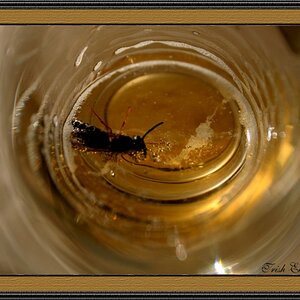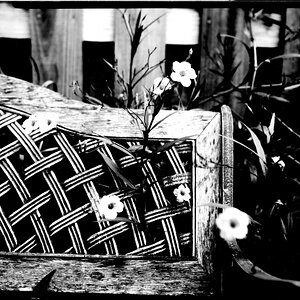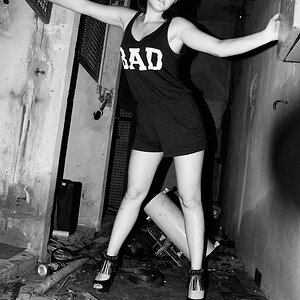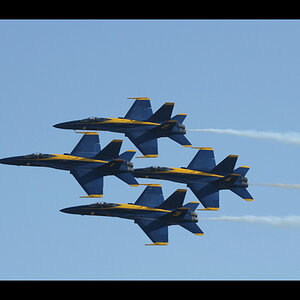kkamin
TPF Noob!
- Joined
- Aug 25, 2009
- Messages
- 515
- Reaction score
- 17
- Location
- Minneapolis
- Website
- www.kevinkaminphoto.com
- Can others edit my Photos
- Photos OK to edit
I just bought my first DSLR and then discovered its 'Depth of Field' preview feature. Initially I thought it was a weird work around for a digital camera to show you your depth of field, since I am without an f-stop ring on my lens, on my Canon DSLR it's all computer set.
But then I went to investigate my analog SLR and realized, for the years I have been shooting, the aperture is always full open, and doesn't close down until you hit the shutter. If the aperture did close when I increased my f-stop, the image would dim. Panic took me over. I think for all these years, my depth of field hasn't been completely accurate. I always thought looking TTL was giving me an accurate picture.
1. With my analog SLR, I was never getting an accurate depth of field by looking TTL, right? Kind of still in shock.
2. How do analog SLR users get an accurate idea of their depth of field?
3. When you look TTL, is the shutter positioned by default at the largest aperture or is it open even larger?
4. My xsi lens doesn't have a focusing distance scale. If I'm in a tricky situation, like photographing a large group photo, how am I suppose to make sure everyone is in focus if I can't take a measurement with a tape measure, or even know what my depth of field measurement is--and if I use depth of field preview, it gets too dark since I am shooting at a high stop?
But then I went to investigate my analog SLR and realized, for the years I have been shooting, the aperture is always full open, and doesn't close down until you hit the shutter. If the aperture did close when I increased my f-stop, the image would dim. Panic took me over. I think for all these years, my depth of field hasn't been completely accurate. I always thought looking TTL was giving me an accurate picture.
1. With my analog SLR, I was never getting an accurate depth of field by looking TTL, right? Kind of still in shock.
2. How do analog SLR users get an accurate idea of their depth of field?
3. When you look TTL, is the shutter positioned by default at the largest aperture or is it open even larger?
4. My xsi lens doesn't have a focusing distance scale. If I'm in a tricky situation, like photographing a large group photo, how am I suppose to make sure everyone is in focus if I can't take a measurement with a tape measure, or even know what my depth of field measurement is--and if I use depth of field preview, it gets too dark since I am shooting at a high stop?





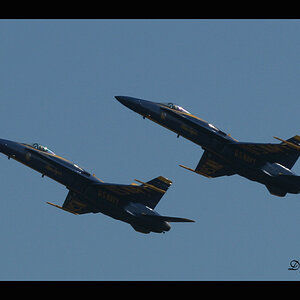
![[No title]](/data/xfmg/thumbnail/34/34148-864c8cb333c478b2dfb9e369908dc329.jpg?1619736320)
